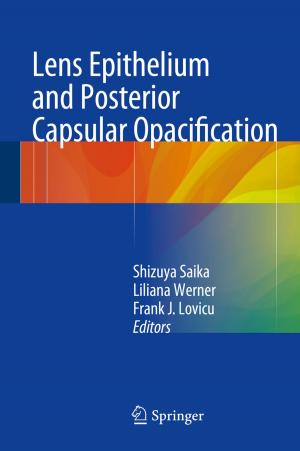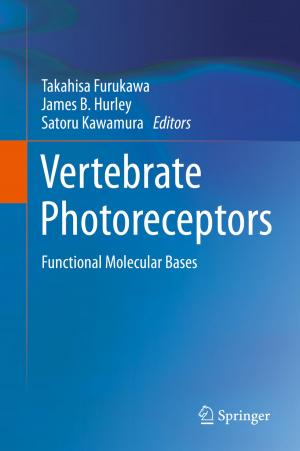Coronary Circulation
Basic Mechanism and Clinical Relevance
Nonfiction, Health & Well Being, Medical, Medical Science, Physiology, Specialties, Internal Medicine, Cardiology| Author: | K. Onodera, Y. Maruyama, H. Tomoike, K. Tsujioka | ISBN: | 9784431680871 |
| Publisher: | Springer Japan | Publication: | December 6, 2012 |
| Imprint: | Springer | Language: | English |
| Author: | K. Onodera, Y. Maruyama, H. Tomoike, K. Tsujioka |
| ISBN: | 9784431680871 |
| Publisher: | Springer Japan |
| Publication: | December 6, 2012 |
| Imprint: | Springer |
| Language: | English |
Coronary heart disease is one of the major health problems in indus trialized nations because of its high incidence and severity. Recent innovations in medical and surgical treatment of coronary heart dis ease have increased the importance of accurate diagnostic methods for determining the severity of coronary disease, identifying potential treatment alternatives, and evaluating the results of treatment. Great advances have also been made in basic research on coronary circula tion and its interaction with myocardial contraction and relaxation and neural and humoral control. With respect to these developments, the papers included in the present monograph deal with important topics concerned with the basic mechanism of coronary circulation as well as ones of clinical relevance. It is directed toward physicians (cardiologists, cardiac surgeons, cardiac radiologists, anestheologists, and others) and basic scientists (e.g., physiologists, bioengineers). We would like to em phasize the importance of a multidisciplinary approach in which basic scientists and clinicians work closely together. This volume consists of nine chapters. Chapter 1 contains macro scopic and microscopic descriptions of coronary vascular anatomy, which is closely related to the functions of coronary circulation. In Chap. 2 two methods in current use to evaluate phasic coronary blood velocity waveforms are presented, i.e., the laser Doppler and ultrasound Doppler methods. Chapter 3 describes the mechanical properties of coronary circulation, a knowledge of which is indispens able for an understanding of coronary arterial and venous blood flow velocity waveforms in relation to cardiac contraction and relaxation.
Coronary heart disease is one of the major health problems in indus trialized nations because of its high incidence and severity. Recent innovations in medical and surgical treatment of coronary heart dis ease have increased the importance of accurate diagnostic methods for determining the severity of coronary disease, identifying potential treatment alternatives, and evaluating the results of treatment. Great advances have also been made in basic research on coronary circula tion and its interaction with myocardial contraction and relaxation and neural and humoral control. With respect to these developments, the papers included in the present monograph deal with important topics concerned with the basic mechanism of coronary circulation as well as ones of clinical relevance. It is directed toward physicians (cardiologists, cardiac surgeons, cardiac radiologists, anestheologists, and others) and basic scientists (e.g., physiologists, bioengineers). We would like to em phasize the importance of a multidisciplinary approach in which basic scientists and clinicians work closely together. This volume consists of nine chapters. Chapter 1 contains macro scopic and microscopic descriptions of coronary vascular anatomy, which is closely related to the functions of coronary circulation. In Chap. 2 two methods in current use to evaluate phasic coronary blood velocity waveforms are presented, i.e., the laser Doppler and ultrasound Doppler methods. Chapter 3 describes the mechanical properties of coronary circulation, a knowledge of which is indispens able for an understanding of coronary arterial and venous blood flow velocity waveforms in relation to cardiac contraction and relaxation.















